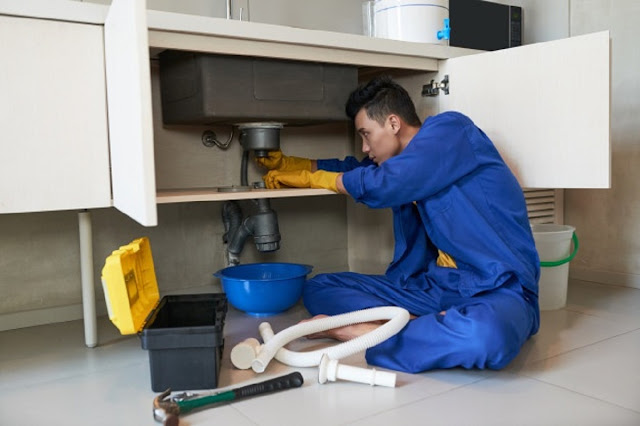Introduction:
After a long and exhausting day, imagine taking a scorching hot shower. Is there a more effective method of reviving your spirit and your body? No! Relaxation and stress reduction are just two of the many benefits of a hot shower after a long day at work. However, have you ever imagined what would happen if the thermostatic water supply got damaged someday? Many things can go wrong with a thermostatic mixing valve, and one of the most common of these is a malfunction. As you might expect, a broken thermostatic mixing valve results in an abrupt rise or fall in the temperature of the water being mixed and regulated. Bathrooms are the scene of many severe scorching and shock injuries each year. There is a lot of information on thermostatic mixing valve testing in this article.
What is a Thermostatic Mixing Valve?
If you've ever wondered how to keep your hot water at a safe temperature, you may want to consider thermostatic mixing valve testing or TMV. Protecting people from scalding water from wash basins, bathtubs, and showers is an everyday use of these devices in households, healthcare facilities, and schools.
The internal thermal component of these uniquely designed plumbing valves carefully blends cold and hot water. A pre-set temperature between 39 and 43 degrees Celsius means they can deliver a mixed water stream.
A Sudden Drop in Water Temperature Can Lead to A Variety of Problems:
Showering might be dangerous if the temperature of the water suddenly and dramatically shifts. Even if you don't believe it, it can cause you to wind up in the hospital. As a result, the temperature in your shower may become uncomfortably low or high.
When It's Too Chilly to Swim:
Thermal shock can occur when cold water suddenly falls on you during a shower, prompting you to leap back to avoid the severe water temperature. It may cause you to trip and fall, putting your health at risk.
Toxic Effects of Overheated Water:
Burns and skin damage can occur due to being scalded with hot water. Third-degree burns are more common among youngsters and the elderly.
Installing & Evaluating a Thermostatic Mixing Valve:
Installing a thermostatic mixing valve testing is the sole solution if you don't want your water to have such negative impacts. These devices are being installed in commercial and residential buildings throughout Australia to benefit their occupants' safety.
Remember that a thermostatic mixing valve is the first step in making your home more comfortable. Periodic testing of the valve's operation is vital for ensuring proper function.
How Often Should the Tests Be Conducted?
Different plumbing companies have different testing intervals. Therefore, there is no one answer. As a rule of thumb, these periodic checks should be carried out at least once a year.
- A service test should be performed after 7-8 weeks if installed for the first time. Several tests are carried out before a decision is made. Some of the possible outcomes and the required course of action are outlined in the following sections.
- Make temperature adjustments as soon as possible if you notice significant changes in the water temperature. After 21 weeks, the following test should be carried out.
- The thermostatic mixing valve testing water temperature does not need to be adjusted if there are no significant fluctuations in the combined water temperature. After 28 weeks, a follow-up test can be performed.
- However, it's vital to remember that the temperature swings observed during the tests could result from a fluctuating water supply. This necessitates an examination of the city's water supply.
What is The Thermostatic Mixing Valve Testing Procedure?
The thermostatic mixing valve installed has a significant impact on the testing procedure. Check the water's temperature first, then proceed. Then disconnect the cold-water supply from the thermostatic mixing valve testing. Wait five seconds to see if the water temperature is below 39 degrees Celsius, then check. Any temperature shift of more than 2 degrees Celsius indicates that the valve is malfunctioning and should be repaired immediately.
Conclusion-
Plumbing contractors can test the thermostatic mixing valve to ensure the valve is working correctly. It can be used with both modern and classic valves.
